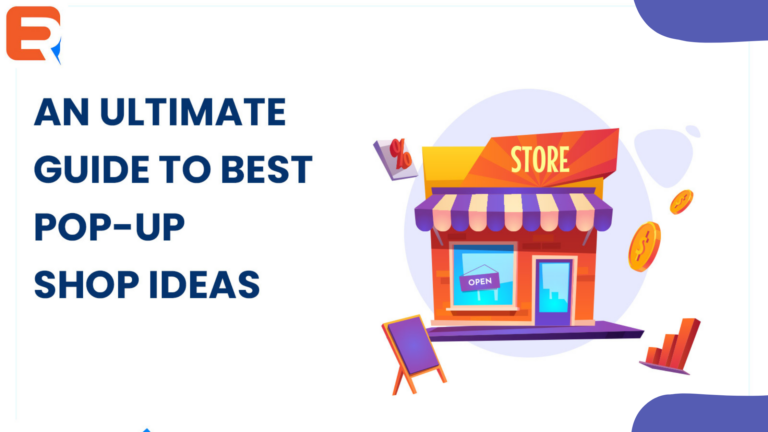Pop-up shops have become a popular retail trend, offering businesses a unique opportunity to create temporary physical spaces and engage directly with customers. These temporary retail experiences allow brands to showcase their products, test new markets, generate buzz, and foster a sense of urgency. If you’re considering setting up a pop-up shop, this guide will provide you with valuable insights and steps to ensure a successful and impactful venture.
1. Define Your Goals and Concept:
Start by defining your goals and the concept for your pop-up shop. Determine whether you want to increase brand awareness, boost sales, launch a new product, or gauge customer interest in a specific location. Craft a clear and compelling concept that aligns with your brand identity and resonates with your target audience.
2. Location:
Choose a strategic location that aligns with your target market and fits your budget. Consider high-foot traffic areas, trendy neighbourhoods, or collaborative spaces. Research local regulations, permits, and leasing options to ensure a smooth setup process.
3. Plan Your Budget:

Establish a budget for your pop-up shop, taking into account expenses such as rent, permits, marketing, staffing, inventory, visual merchandising, and decor. Carefully consider the costs and prioritize essential elements to maximize your return on investment.
4. Design Your Space:
Create an inviting and visually appealing space that reflects your brand and product offerings. Pay attention to lighting, signage, displays, and the overall layout to create an immersive and memorable experience for visitors. Incorporate your brand’s aesthetic and ensure that your products are showcased effectively.
5. Stock Up on Inventory:
Assess your inventory needs and ensure you have enough stock to meet demand throughout the duration of your pop-up shop. Consider any exclusive or limited-edition items to create a sense of exclusivity and drive sales. Implement inventory management systems to track stock levels and restock as needed.
6. Marketing and Promotion:

Develop a comprehensive marketing and promotion strategy to generate excitement and attract visitors. Leverage social media, email marketing, local partnerships, influencer collaborations, and traditional advertising channels to spread the word about your pop-up shop. To bolster your traditional advertising efforts, consider adding a QR code to your flyers. It would serve as a quick and convenient way for potential visitors to learn more about your pop-up shop directly from their smartphones. Create enticing offers or incentives to encourage foot traffic and purchases.
7. Staffing and Customer Experience:
Recruit and train a knowledgeable and enthusiastic team to staff your pop-up shop. They should be well-versed in your brand story, product details, and customer service. Ensure they are equipped to provide personalized recommendations, answer questions, and create a positive and engaging experience for visitors.
8. Engage and Interact:
Encourage visitor engagement through interactive elements such as product demonstrations, workshops, tastings, or live entertainment. Capture customer feedback and data through surveys or contests to gain insights and build lasting connections with your audience.
9. Measure Success:

Define key performance indicators (KPIs) to evaluate the success of your pop-up shop. Monitor metrics such as foot traffic, sales conversion rates, average transaction value, social media engagement, and customer feedback. Analyze the data to gain insights and inform future retail strategies.
10. Follow Up and Sustain Momentum:
After your pop-up shop concludes, follow up with customers through email marketing or social media to maintain the relationship and capitalize on the momentum generated. Offer exclusive promotions, invite them to visit your online store, or provide incentives for referrals to drive ongoing engagement and sales.
Conclusion:
Setting up a pop-up shop can be an exciting and rewarding endeavour for businesses seeking to connect with customers in a unique way. By defining your goals, choosing the right location, designing an appealing space, effectively promoting your shop, providing exceptional customer experiences, and measuring success, you can create a memorable and impactful retail experience.




